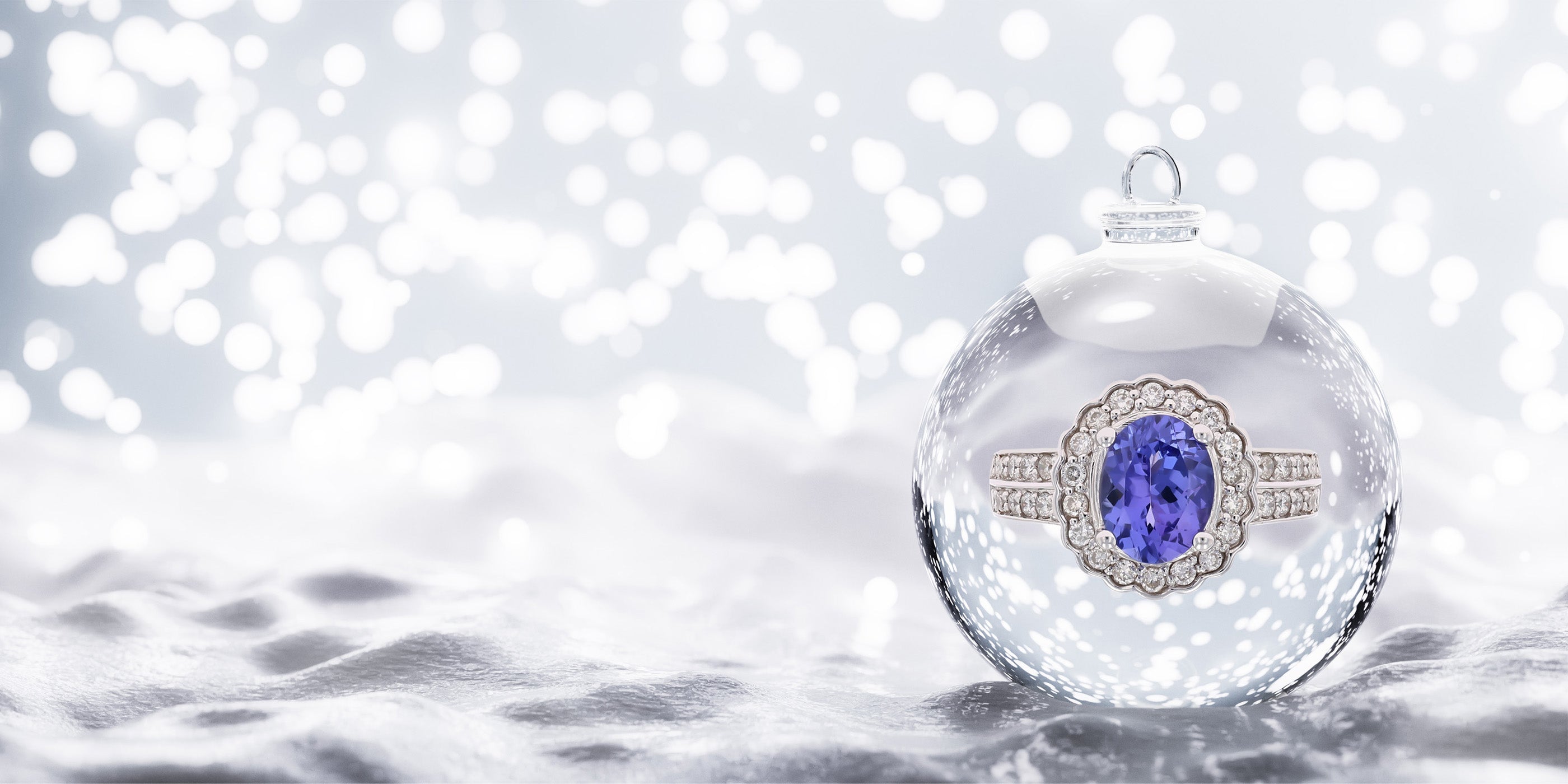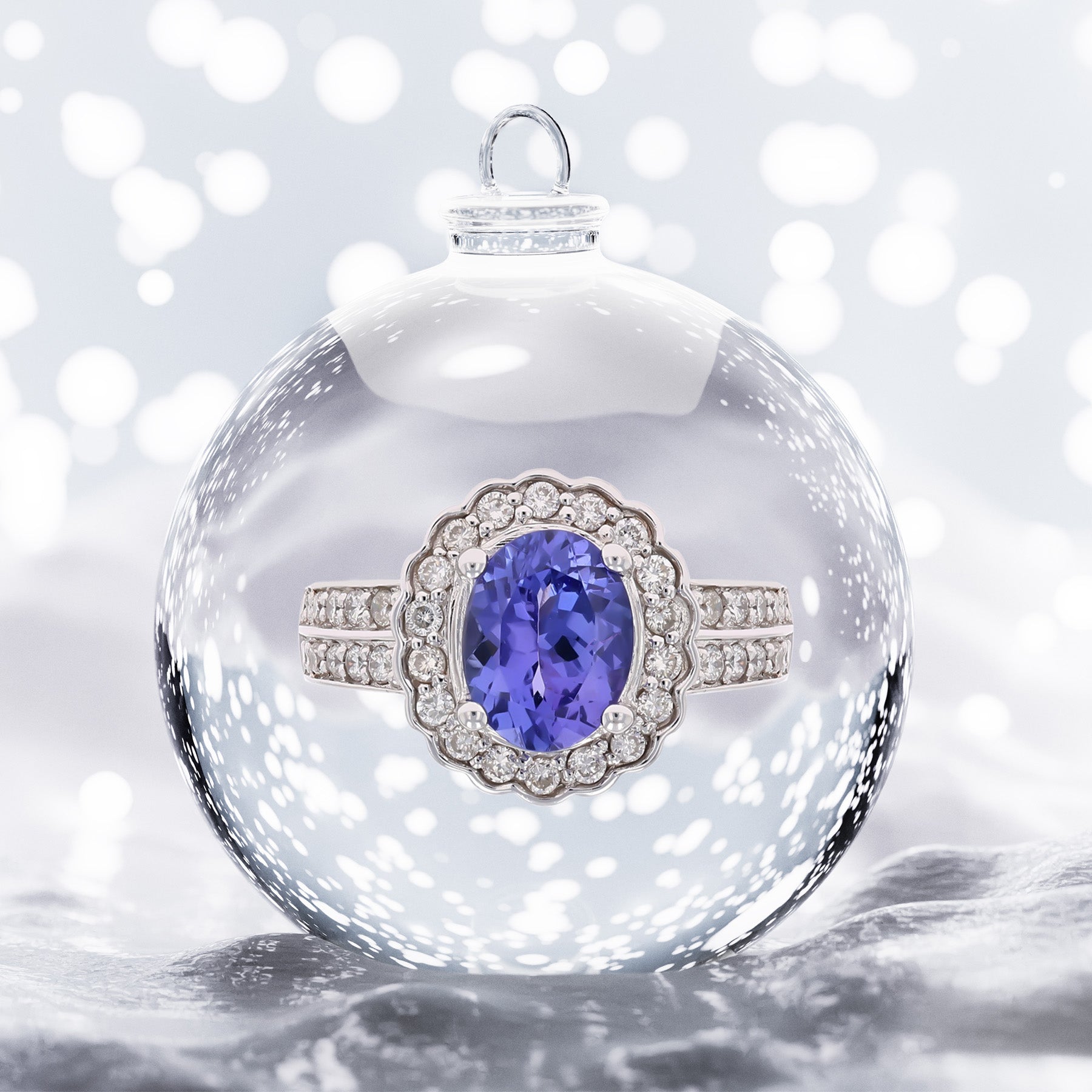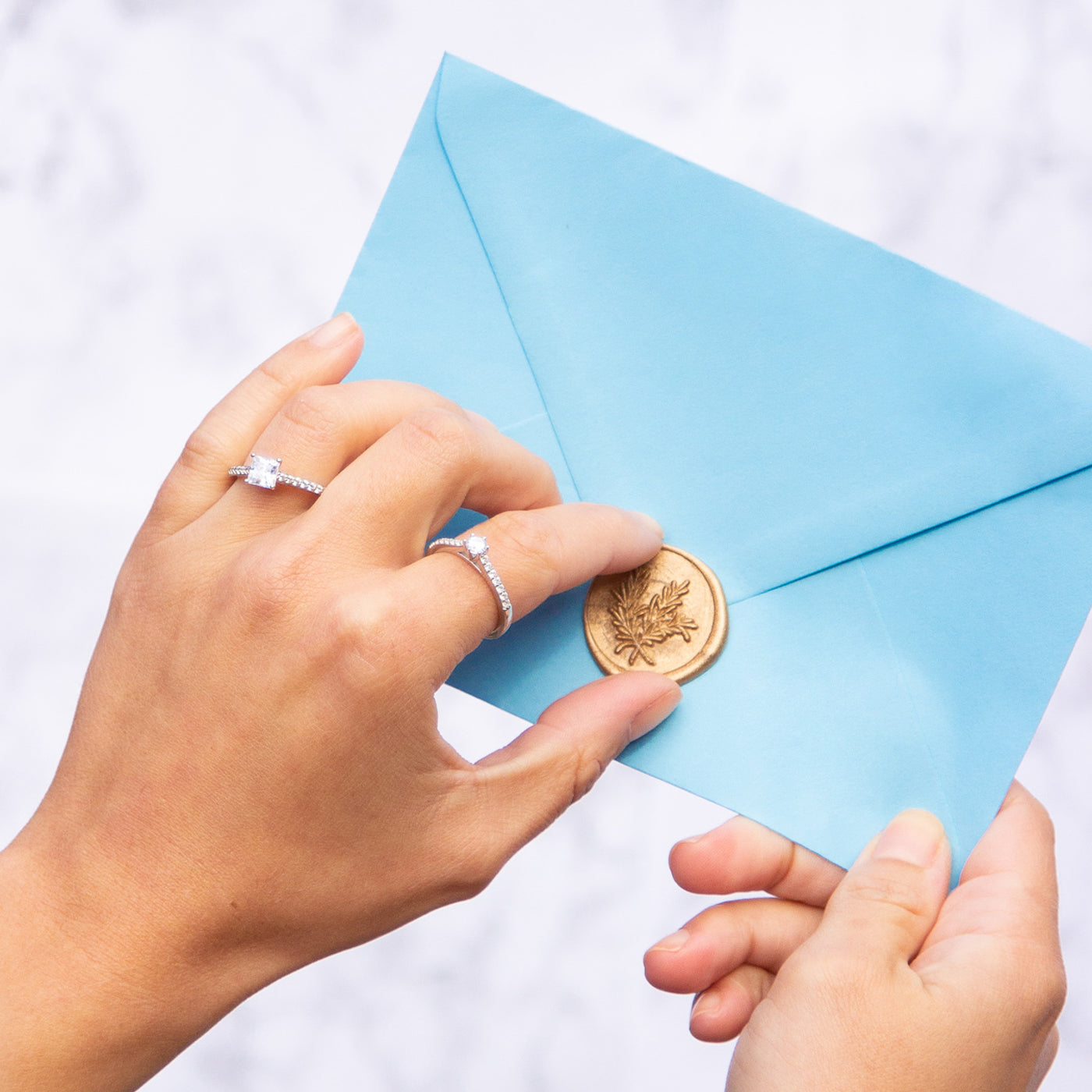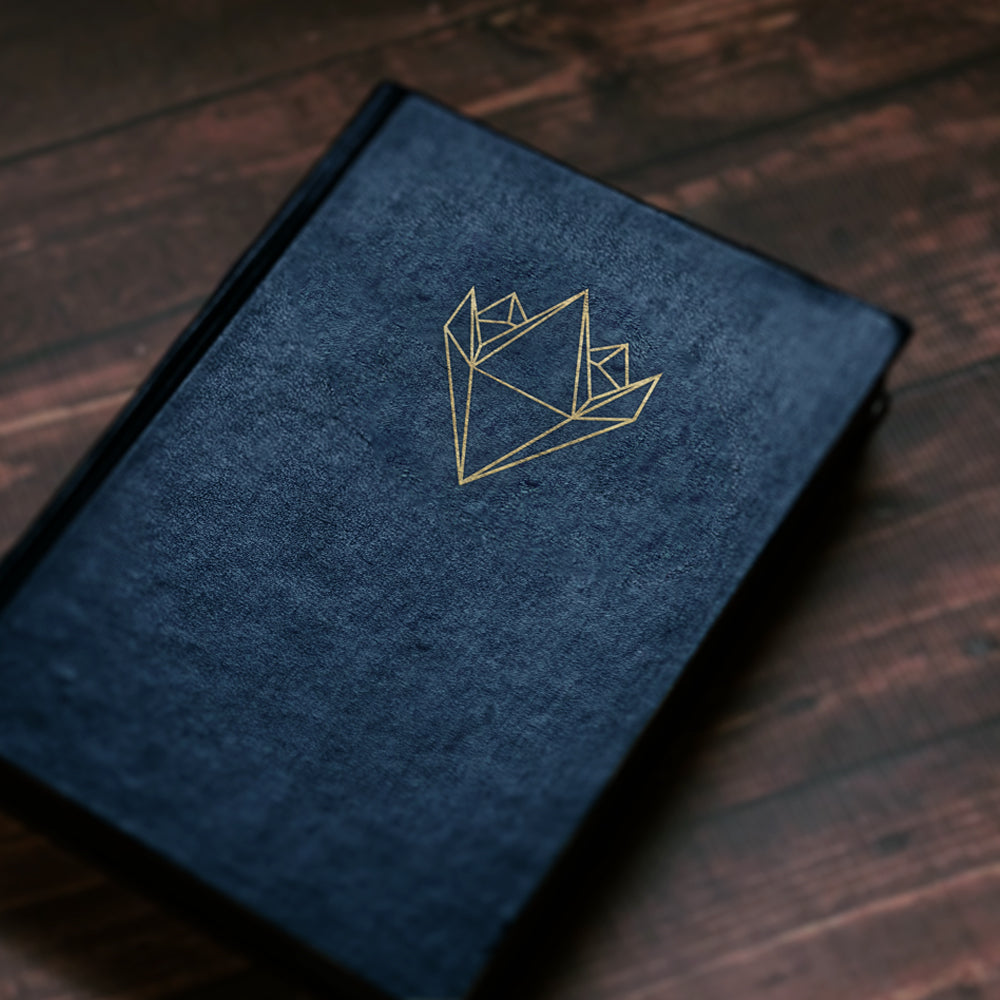This estate signet ring comprises of a horizontal set, oval mixed cut blue topaz centre, elegantly secured within a bezel setting. The signet ring exhibits a triple ribbed polished band design with a maximum width of 8.7mm and is mounted within hallmarked 9ct yellow and white gold.
Material: 9ct Yellow & White Gold
Brand: Lewins Vintage
Style: Signet
Primary Stones: Blue Topaz, 1x Oval Mixed Cut, apx. total carat weight 0.87cts
Birthstone: Blue Topaz - December
Anniversary: Gold - 1st, 50th, Topaz - 23rd
Ring Size: M.5
Resizeable: Yes
Weight: 4.07 grams
Condition: Very Good
Period: Estate, Contemporary
Hallmark: The standard mark, “375” and includes a common control (international convention) mark for 9ct gold. The assay office mark of Birmingham. The maker’s or sponsor's mark “SG”.
Jewellery Odyssey:
Signet Rings, also referred to as 'Seal' rings derived from the Latin word ‘Signum', meaning ‘sign’. In 3500 BC, Mesopotamians, were civilisations that used seals; in the form of cylinders, carved with markings, and used to leave an impression, when pressed into soft clay. The seal evolved in Ancient Egyptian times, when Pharaoh Kings and Queens and other high ranking Egyptians, wore seals as rings, to show their authority. Each ring would be carved with hieroglyphics, unique to the wearer. During the middle ages, wax was used to seal documents and rings had to be deeply carved, like intaglios. This fashioning illustrated designs of monograms, family crests or coat of arms. In the 14th century, King Edward II ordered that official documents had to be stamped with the seal of his signet ring. During the 17-18th century, signet rings were adorned with gemstones, cut as inlays or cabochons. Amethyst, bloodstone, chalcedony, garnet and many more stones were fashioned in bezel settings. By the late 19th century, the use of signet rings as a legal signature, declined. Today, the iconic signet ring timelessly holds the values, of being worn with great prestige and admiration, for its protracted historical origin.
Gem Lore:
Topaz - has been linked with the ancient Greek word ‘Topazions’, which was an island in the Red Sea. The island is currently referred to as ‘Zabargad’ in Egypt (and can further be translated to St John’s Island in english). Coincidentally, the island mined many yellow and green gemstones and incorrectly referred to them as Topaz. Alternatively, the name is thought to derive from the Sanskrit word ‘tapaz’, which translates to ‘fire’. The Egyptians believed that their Sun God Ra, provided the stones golden colour and protected the wearer from harm. Topaz naturally comes in white, yellow, brown and with the aid of treatment, pink and blue. Blue topaz possess a range of shades from: pale 'Sky Blue', to moderate 'Swiss Blue' and vividly saturated 'London Blue’. The most prized variety exhibits an orange body colour with pinkish red overtones and is known as imperial topaz.
Ring Resizing Service - How To Request Your Size:
If the current ring size listed under the details section, does not match your requirements. Please complete the enquiry form: including the reference code of the ring, which is located above the price, along with the ring size you need.
We will assess the feasibility of your request and provide you with a quotation for the bespoke alteration. If you decide to proceed, we will email you a link to review and process your customised order.
*Please Note: our resizing service typically requires a timeframe of 10 to 14 working days to complete. Rings that have been resized, cannot be returned for an exchange or refund.
Can Any Ring Be Resized?
No, depending on the design and setting, some rings cannot be resized. Whilst other rings can be safely resized up or down, by one to four sizes.
Are There Limitations To Resizing Rings?
Yes, it is important to appreciate that rings are made to fit their current size. When a request is made to significantly reduce the current size, it can result in the band developing an oval shape. Equally, increasing the size beyond a certain point, can alter the curvature of the band. Such modifications can potentially compromise the stability of settings, that hold gemstones securely in place.
As a result, there are limitations on how much a ring can be resized without compromising its structural integrity. If a requested size change impedes the durability of the ring, alternative solutions such as incorporating a half shank or soldered beads, if appropriate can be suggested.
Remember there is only about a 1mm difference between each whole ring size. For more information on what to consider when finding your size, read our blog: "The Factors Affecting Ring Size”.
Jewellery Care Precautions:
Avoid direct contact with: perfume, lotions, skincare, hairspray / other chemicals. Remove, your jewellery: when showering, swimming (as both chlorine and saltwater will react with metals), washing your hands / using hand sanitisers, before going to bed or when participating in physical activities (going to the gym, exercising, gardening, housework etc….).
Beware, metals may tarnish over time due to oxygen contact and natural body oils. Prevent items from being exposed to moisture and direct sunlight, for long periods. Store jewellery in a dry place away from humidity, in a pouch/jewellery box and keep each piece separated from each other. Care, for your jewellery by cleaning with a soft dry cloth.
Yellow Gold:
Gold as an element, in its purest form will not tarnish, but gold used in jewellery has been alloyed with other metals, to increase durability. These metals have properties that when in contact with oxygen, chemicals, oils or other substances - will result in a surface tarnish or damage and corrosion. Even the pH level of you skin and the natural oils it produces, can tarnish your gold jewellery.
To prevent your gold jewellery from tarnishing or even disintegrating, avoid exposure to household chemicals, bleaches, toothpaste, baking soda and other cleaning abrasives. Wearing jewellery in places where perfumes, hairsprays, body lotions have been applied on your body, will increase tarnishing. Wear your jewellery after the products have been applied. To clean your gold jewellery, use a mild soap with warm water and dry with a soft cloth. For professional cleaning, our workshop can polish your jewellery back to life.
White Gold:
White gold is not an element and does not occur naturally in a pure form. Pure yellow gold is mixed with alloys of white metals (such as palladium) to produce, a silver coloured alloy, known as white gold. It is further coated in a precious metal called rhodium (an element that derives from the same metal family as platinum), to increase its lustrous sheen and protect it from tarnishing and scratching.
Over time with exposure to oxygen and moisture, the rhodium coating will naturally wear and you will begin to see the natural yellow colour of gold. Rings will experience this more than other types of jewellery. The general guide for re-applying rhodium coating to your rings is between 1-2 years. However, the rate of wear depends on the pH level of your skin, exposure and contact to chemicals. For professional cleaning and rhodium coating, our workshop will provide the TLC your jewellery needs.
Topaz:
Hardness: 8 | Toughness: Fair | Stability: Good
Extreme Caution, Avoid: Sudden Impact (pressure, knocks), Extreme Temperature Change (thermal shock), Jewellery Cleaners (ultrasonic, steam cleaners).
Mild Caution, Avoid: Light.
Gemmological Observation: Avoid leaving for long periods in strong light, as in some cases the colour may fade. Avoid any rough handling that can cause abrasions. Topaz has a low toughness, as it possess moderately easy cleavage, which means that the stone can fracture if it experiences a sharp knock.
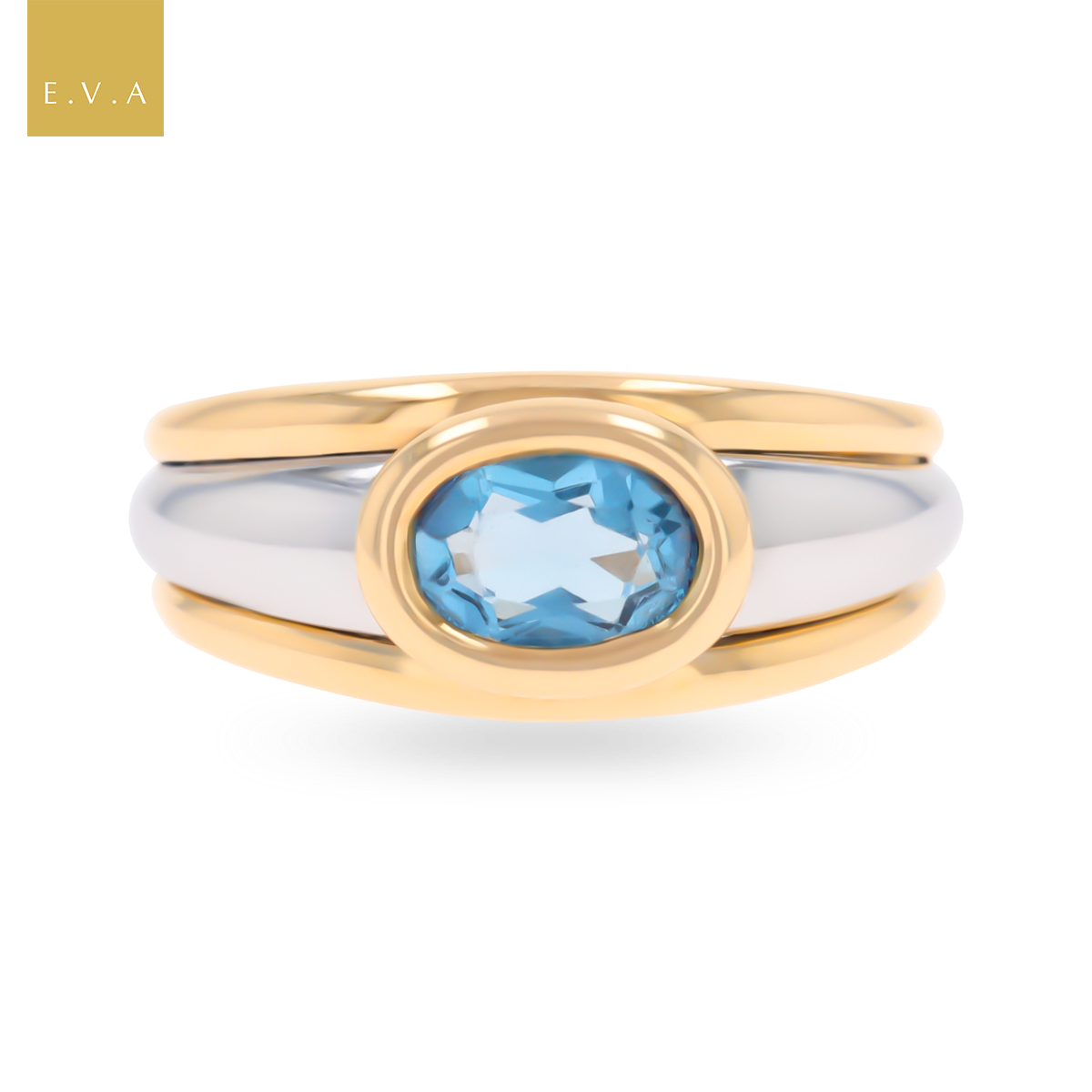
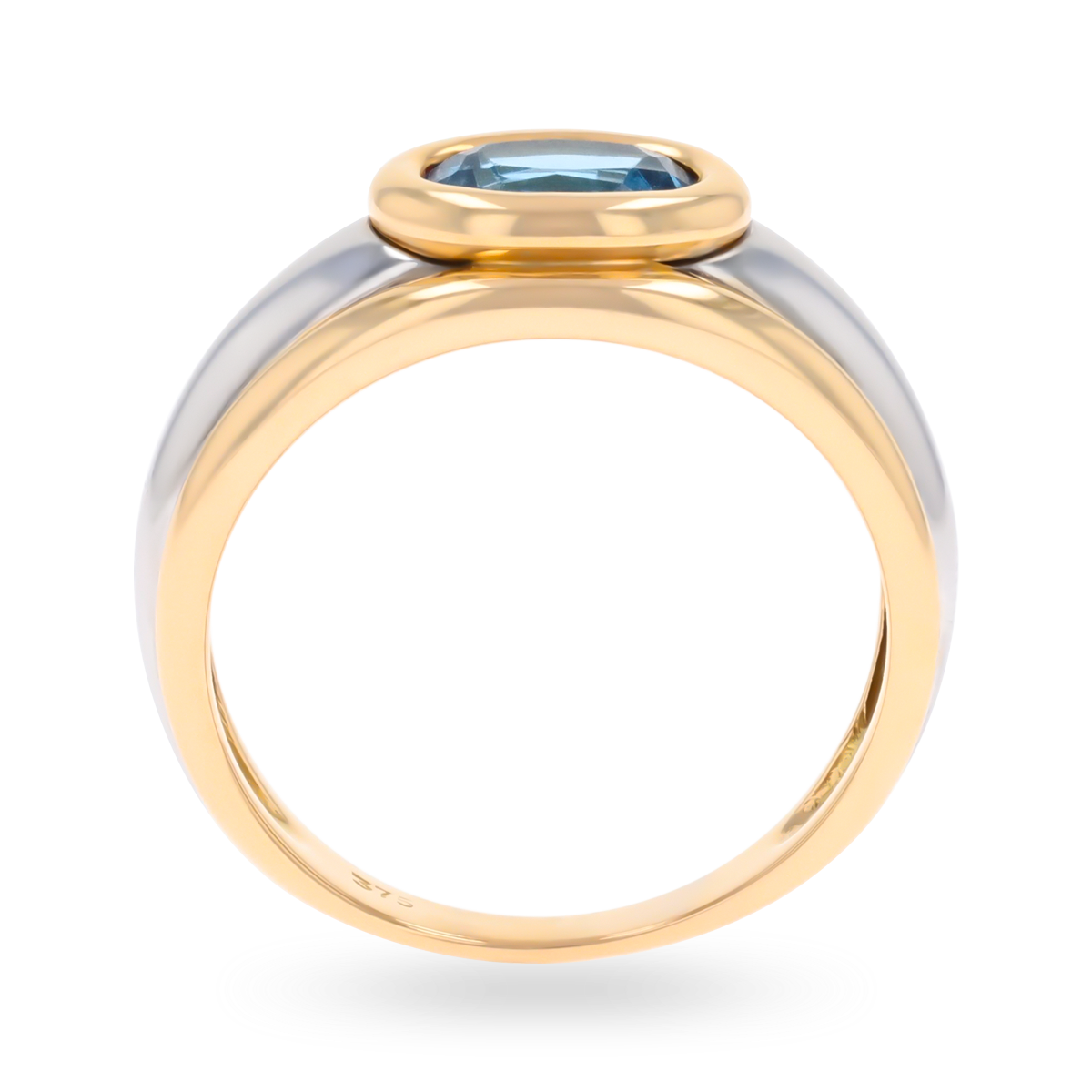



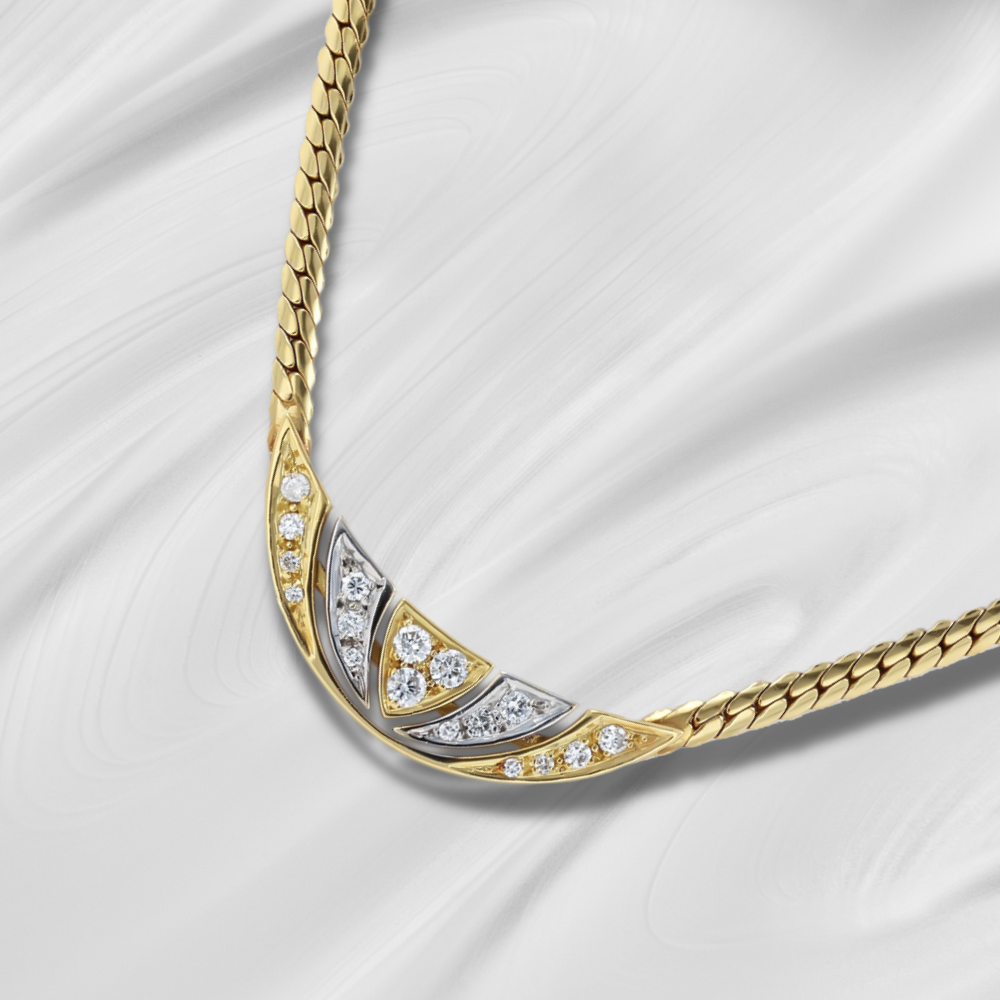
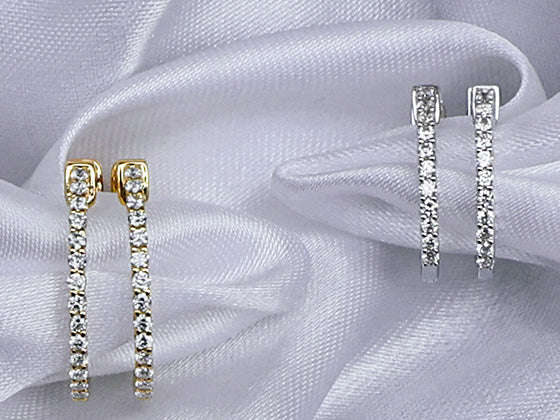
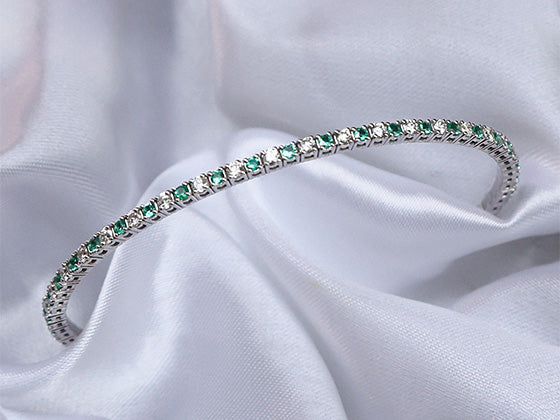

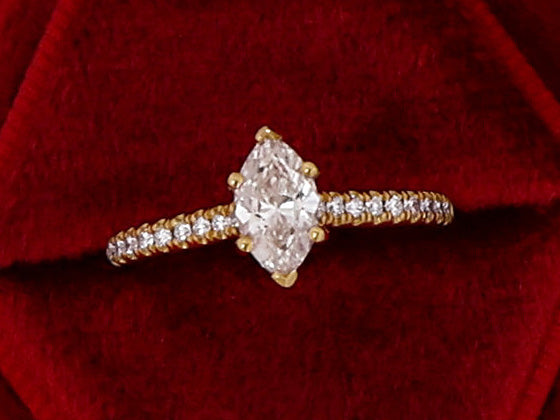
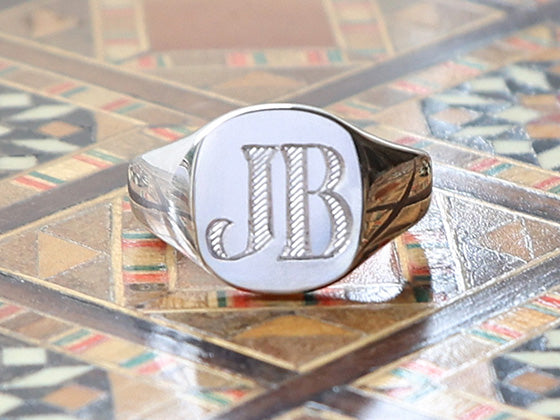
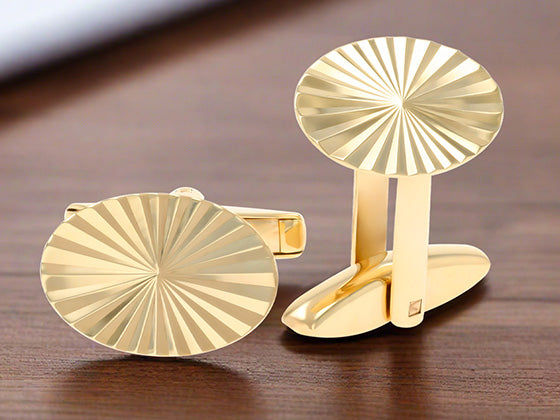
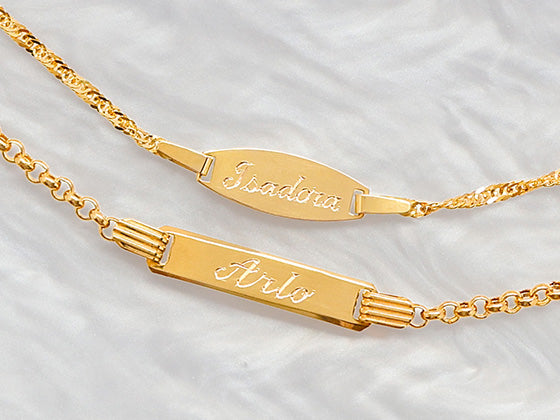
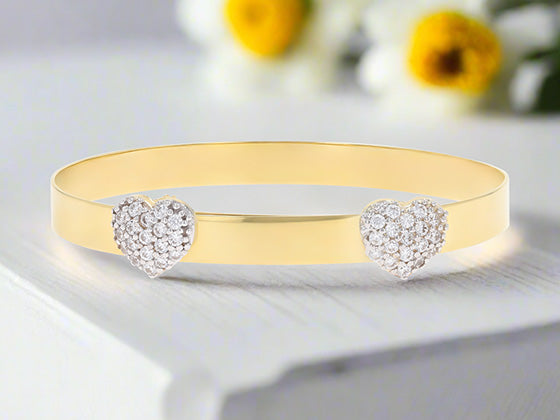

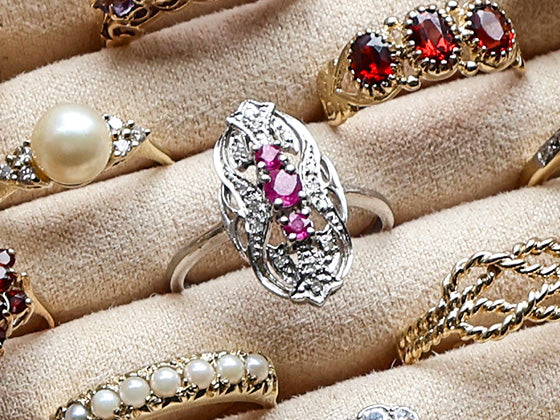
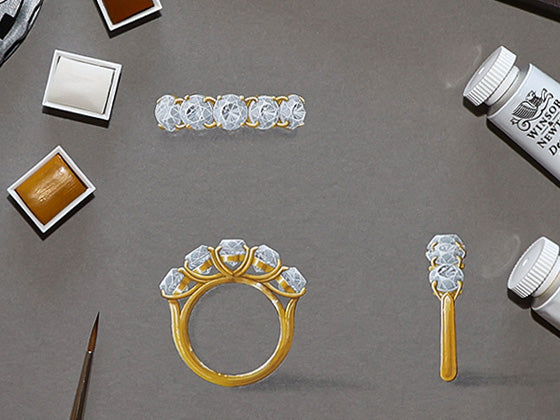
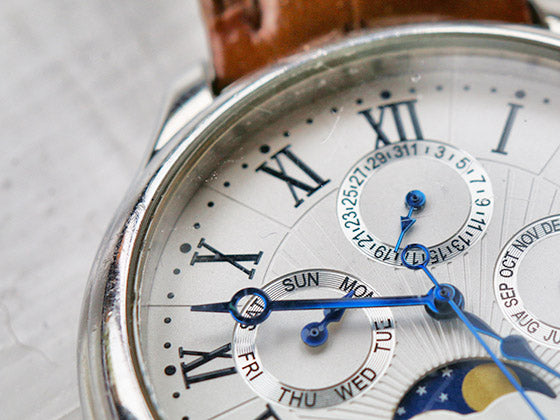
 Contact Us
Contact Us



